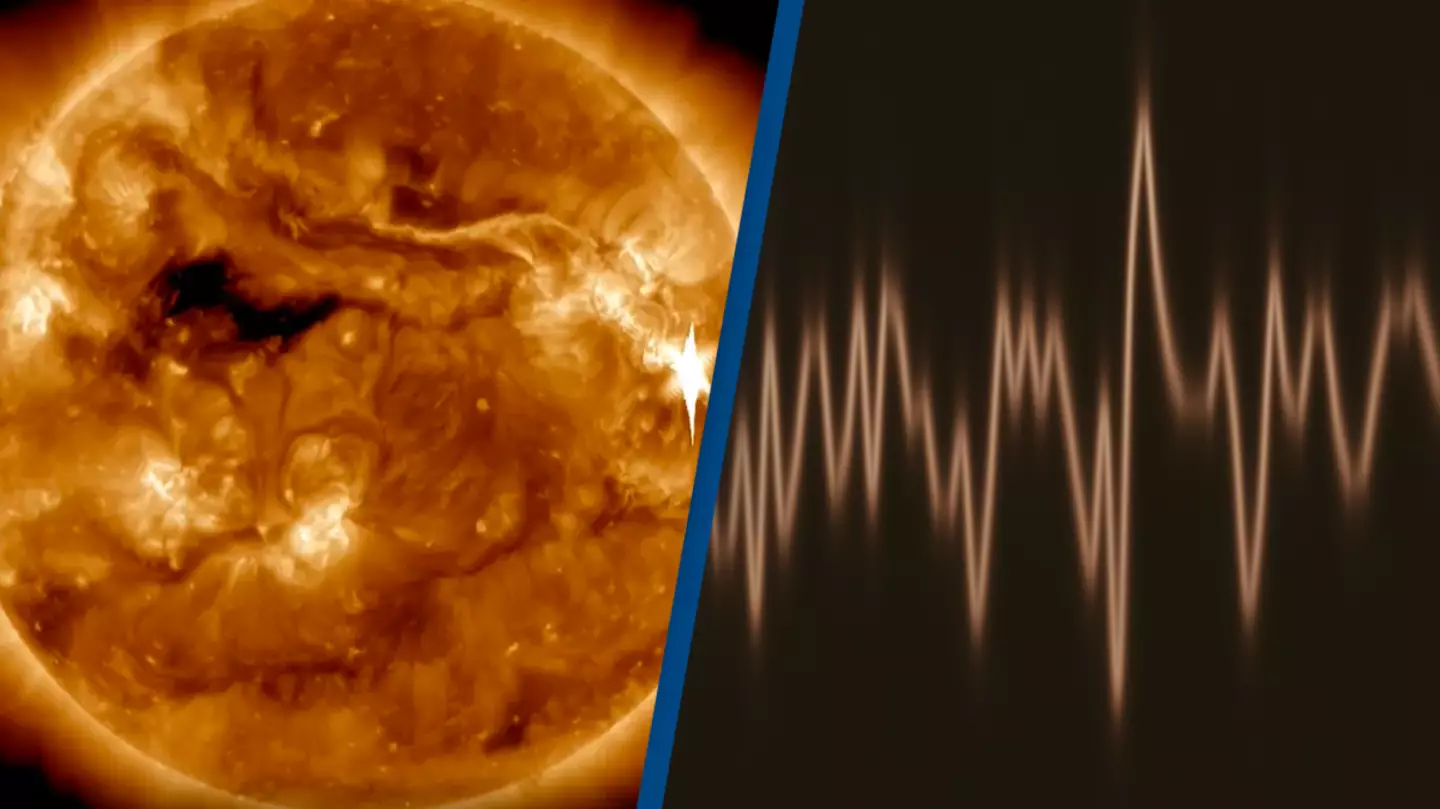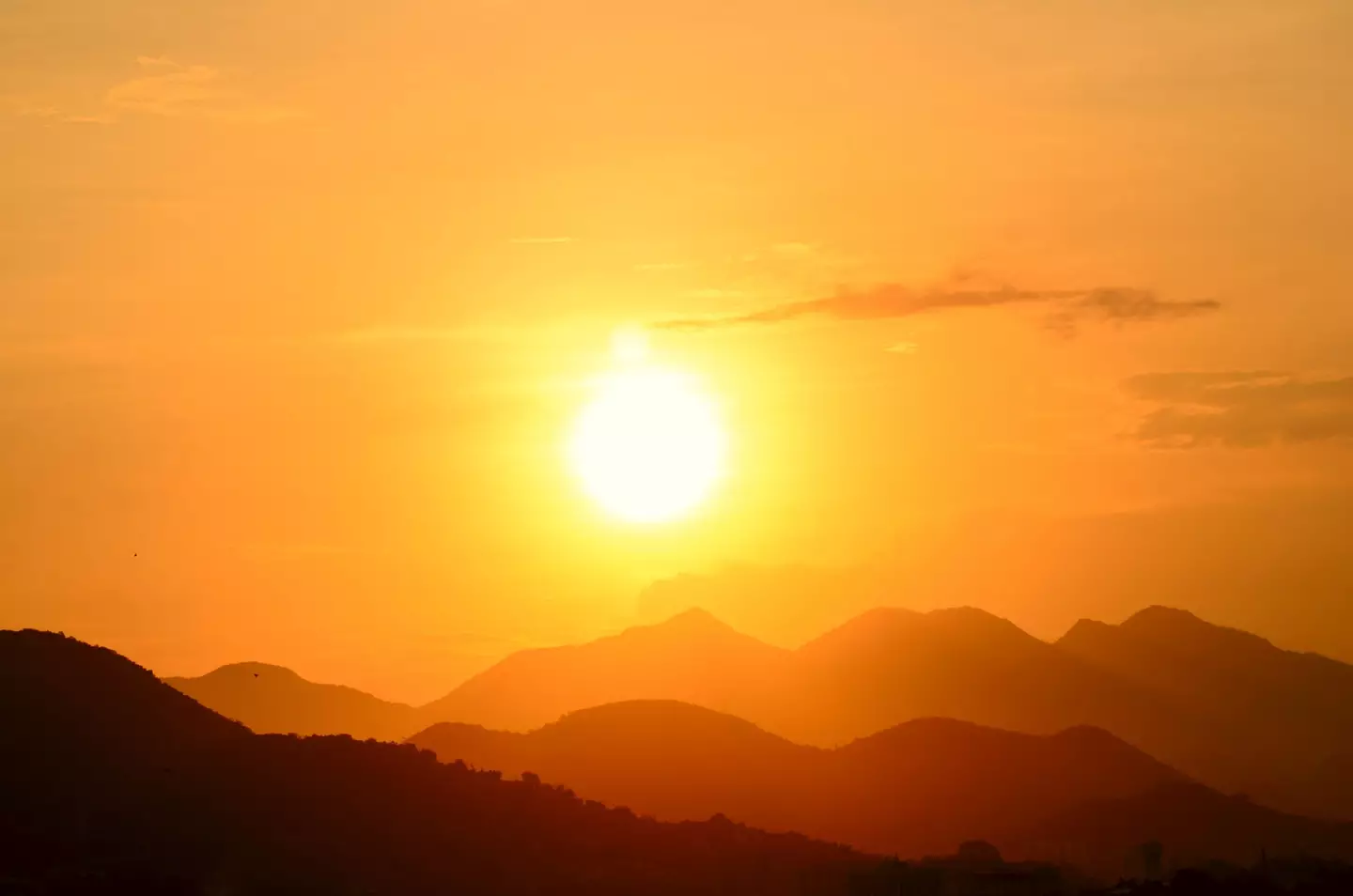
An eerie recording has captured the sound of a radio blackout caused by the strongest solar flare in six years.
It was the Americas that were facing the Sun last week when it released its strongest flare since September 2017; an X 2.8 class flare.
Solar flares are classed on a scale of A, B, C, M and X - don't ask me what happened to the other letters - with X-class considered the strongest.
Advert
Each class is 10 times more powerful than the last.

South America felt the biggest effects, but there were also reports of radio communication interference over the US as a result of the flare.
Solar flares release powerful light in the form of X-rays and ultraviolet light, which strip atoms in the atmosphere surrounding our planet of electrons.
Advert
As a result, radio waves lose energy, causing blackouts.
Alan Woodward, a professor of computer science and space weather expert at the University of Surrey, England, told Newsweek: "Solar flares are where areas of solar activity (normally seen as sun spots) suddenly realign or shift, throwing off a flare."
The light from last week's activity reached Earth just eight minutes after the release from the sun, on 14 December.
NASA citizen scientist, Thomas Ashcraft, was able to record the activity from the Heliotown Observatory, with the blackout producing an eerie sound.
In the video shared by IFLScience, white noise rings out and increases in volume before fading out again.
Advert
Discussing the recording with IFLScience, Ashcraft said: "This audio specimen was recorded December 14, 2023, at [5.05 pm] UT during the onset of an X 2.8 solar flare.
"It exhibits what are known as Type II solar emissions, also known as 'slow drift bursts'. The audio was recorded using two separate shortwave radios, one tuned to 22.2 MHz [megahertz] and the other tuned to 21.1 MHz.
"If you listen close, preferably with headphones, you will be able to hear the emissions slowly drift down in frequency, first passing through 22 MHz and then 21 MHz."
After listening to the sound, one person commented: "Caused my car's Radio to go pretty much silent, creepy."
Advert
The flare came as the Sun is approaching its maximum activity for its current solar cycle. A cycle lasts for 11 years, increasing from minimum to maximum activity.
The current cycle is expected to hit its peak in the new year, some time between January and October of 2024. During that time, more flares, more aurorae, and more blackouts are to be expected.